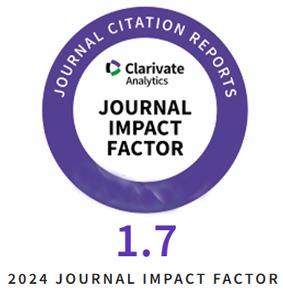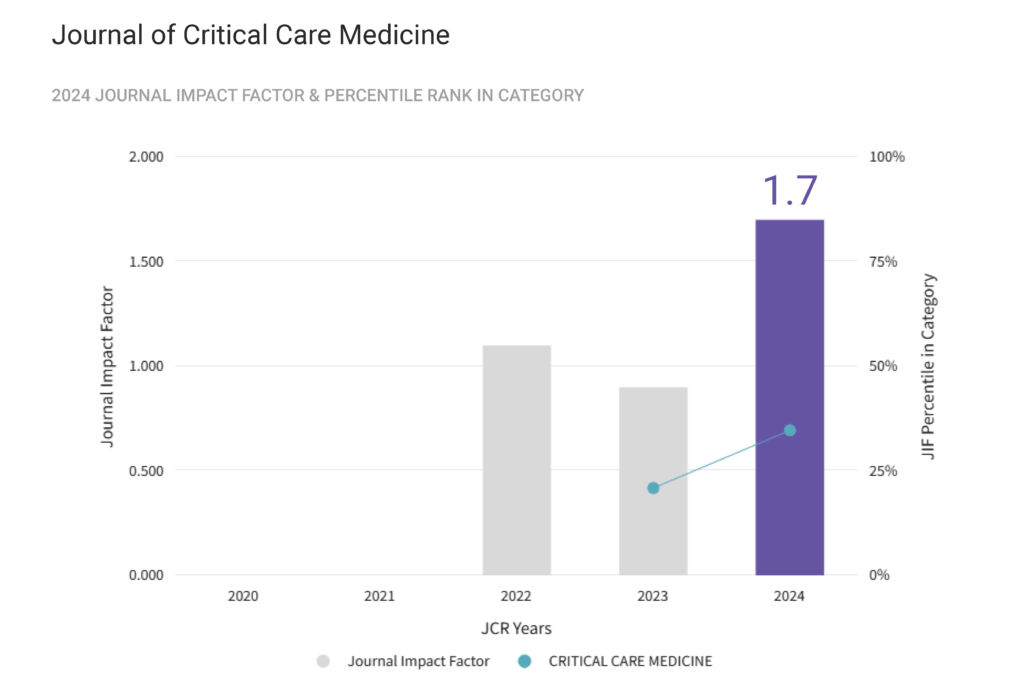Introduction: Determining the optimal timing for extubation in critically ill patients is essential to prevent complications. Predictive models based on Machine Learning (ML) have proven effective in anticipating weaning success, thereby improving clinical outcomes.
Aim of the study: The study aimed to evaluate the predictive capacity of five ML techniques, both supervised and unsupervised, applied to the spontaneous breathing trial (SBT), objective cough measurement (OCM), and diaphragmatic contraction velocity (DCV) to estimate a favorable outcome of SBT and extubation in critically ill patients.
Material and Methods: A post hoc analysis conducted on the COBRE-US study. The study included ICU patients who underwent evaluation of SBT, OCM, and DCV. Five ML techniques were applied: unsupervised and supervised to the data in both a training group and a test group. The diagnostic performance of each method was determined using accuracy.
Results: In predicting SBT success, all supervised methods displayed the same accuracy in the training group (77.3%) and in the test group (69.6%). In predicting extubation success, decision trees demonstrated the highest diagnostic accuracy, 89.8% for the training group and 95.7% for the test group. The other supervised methods also showed a good diagnostic accuracy: 85.9% for the training group and 93.5% for the test group.
Conclusions: In predictive models using OCM, DCV, and SBT as input variables through five ML techniques, decision trees and artificial neural networks demonstrated the best diagnostic performance. This suggests that these models can effectively classify patients who are likely to succeed in SBT and extubation during the weaning process from mechanical ventilation.
Machine learning to predict extubation success using the spontaneous breathing trial, objective cough measurement, and diaphragmatic contraction velocity: Secondary analysis of the COBRE-US trial
DOI: 10.2478/jccm-2025-0009
Full text: PDF










